Species Photo Gallery for Erythroneura calycula No Common Name |
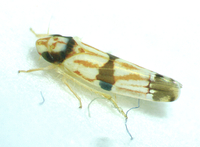 | Photo by: Ken Kneidel
Mecklenburg Co.
Comment: 2.9 mm female retrieved from a tree band on willow oak, alive |  | Photo by: Ken Kneidel
Mecklenburg Co.
Comment: 2.9 mm female retrieved from a tree band on willow oak, alive |
 | Photo by: Michael P. Morales
Cumberland Co.
Comment: Attracted to low intensity white outdoor building light. Seen during Moth Night program. | 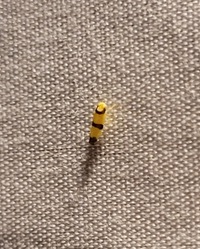 | Photo by: Michael P. Morales
Cumberland Co.
Comment: Attracted to low intensity white outdoor building light. Seen during Moth Night program. |
 | Photo by: Michael P. Morales
Cumberland Co.
Comment: Attracted to low intensity white outdoor building light. Seen during Moth Night program. |  | Photo by: Michael P. Morales
Cumberland Co.
Comment: Attracted to low intensity white outdoor building light. Seen during Moth Night program. |
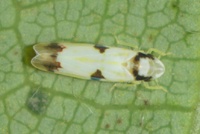 | Photo by: Scott Bolick
Montgomery Co.
Comment: | 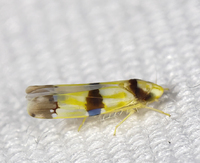 | Photo by: John Petranka
Orange Co.
Comment: Attracted to 15W UV lamp |
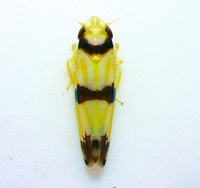 | Photo by: Ken Kneidel
Mecklenburg Co.
Comment: 2.8 mm male, came to UV light at night | 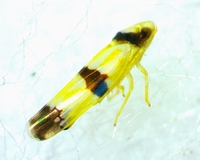 | Photo by: Ken Kneidel
Mecklenburg Co.
Comment: 2.8 mm male, came to UV light at night |
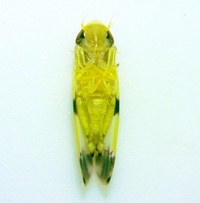 | Photo by: Ken Kneidel
Mecklenburg Co.
Comment: 2.8 mm male, came to UV light at night |  | Photo by: Erich Hofmann
New Hanover Co.
Comment: https://www.inaturalist.org/observations/62081359 |
 | Photo by: Kyle Kittelberger
Wake Co.
Comment: mixed hardwood forest; var. 'noncincta' | 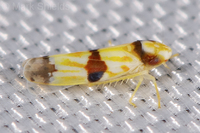 | Photo by: Mark Shields
Onslow Co.
Comment: |
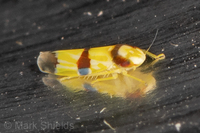 | Photo by: Mark Shields
Onslow Co.
Comment: | 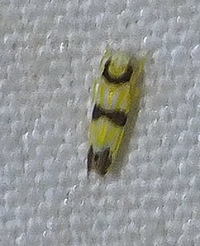 | Photo by: Randy L Emmitt
Orange Co.
Comment: unid_leafhopper |
 | Photo by: T. DeSantis
Durham Co.
Comment: ENRI |  | Photo by: Kyle Kittelberger, Brian Bockhahn, Paul Scharf
New Hanover Co.
Comment: open woodlands, pine dominated; form "erasa" |
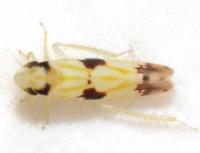 | Photo by: Kyle Kittelberger
Wake Co.
Comment: 1 individual of form 'noncincta' | 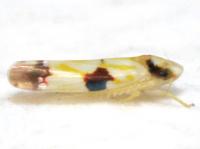 | Photo by: Kyle Kittelberger
Wake Co.
Comment: |
 | Photo by: Rob Van Epps
Mecklenburg Co.
Comment: Open area near woods. Attracted to black light. | 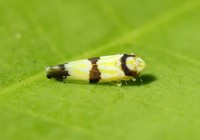 | Photo by: Rob Van Epps
Mecklenburg Co.
Comment: Open area near woods. Attracted to black light. |
 | Photo by: Rob Van Epps
Mecklenburg Co.
Comment: Attracted to ultraviolet light. | 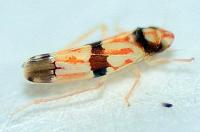 | Photo by: Paul Scharf
Warren Co.
Comment: Attracted to Light |
 | Photo by: Kyle Kittelberger
Wake Co.
Comment: mixed hardwood forest habitat | 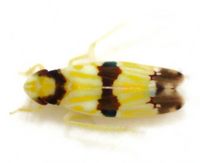 | Photo by: Kyle Kittelberger
Wake Co.
Comment: mixed hardwood forest |
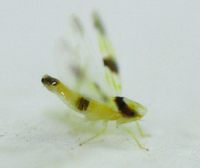 | Photo by: Kyle Kittelberger
Wake Co.
Comment: mixed hardwood forest habitat | 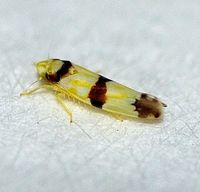 | Photo by: Paul Scharf
Warren Co.
Comment: Attracted to Black Light |
 | Photo by: Paul Scharf
Warren Co.
Comment: Attracted to Black Light | 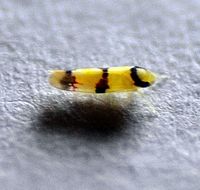 | Photo by: Paul Scharf
Warren Co.
Comment: Attracted to Black Light |
|

 »
»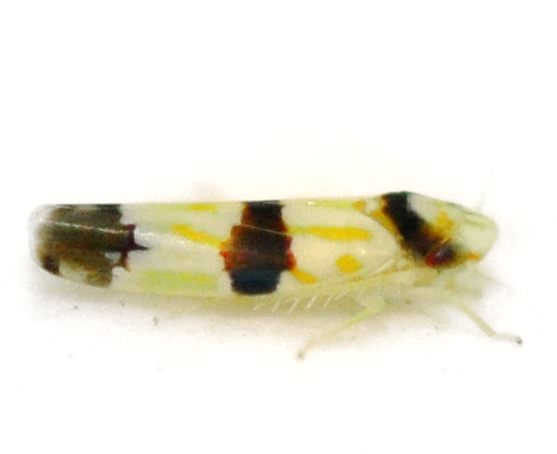

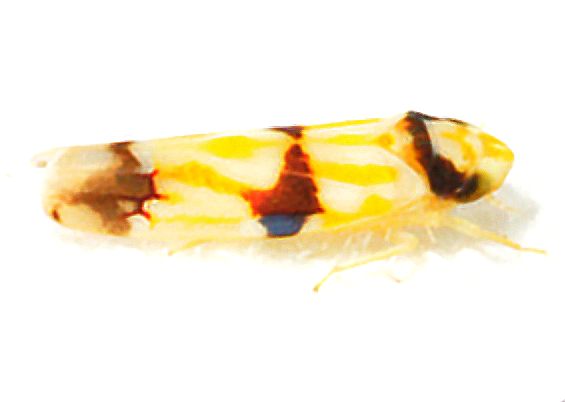
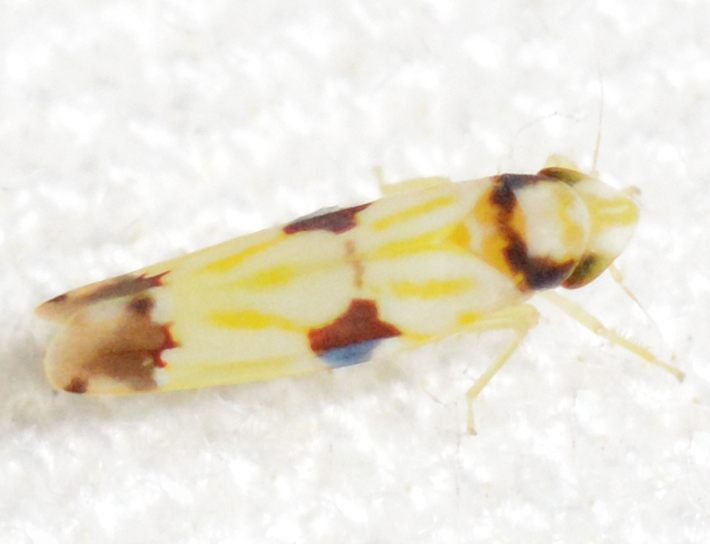

 »
»


